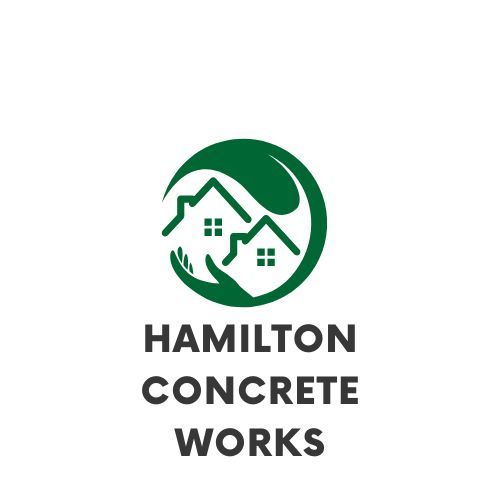How to Get Paid in Construction: Strategies Backed by Data
| Section | Key Points | Additional Features |
|---|---|---|
| Introduction | Focuses on the challenge of timely payments in the construction industry. | Suggests a pie chart to illustrate late payment percentages. |
| Understanding the Payment Landscape | Describes the complexities of payment processes and the impact of delays. | Proposes line graphs and boxplots to show payment cycles and distributions. |
| Know Your Rights | Explains various laws affecting the right to payment, like Mechanics Lien Law and Prompt Payment Law. | Recommends bar graphs and treemaps to show legal dispute frequencies. |
| Strategies for Getting Paid | Outlines strategies like documentation, licensing, credit policies, and prequalifying clients. | Suggests a correlation matrix to show strategy effectiveness. |
| The Importance of Documentation | Emphasizes the role of contracts, change orders, and communication records. | Proposes a flowchart to outline the documentation process. |
| Overcoming Payment Challenges | Discusses challenges like administrative delays, client insolvency, scope creep, and contractual disputes. | Advises a risk assessment dashboard and a pie chart for obstacles. |
| Conclusion | Summarizes the need for understanding the landscape, legal protections, strategies, documentation, and future planning. | Key takeaways listed for quick review. |
Introduction
The Challenge of Timely Payments
Getting paid on time is a critical concern for any business, but in the construction industry, it poses unique challenges. Payment delays can significantly impact cash flow, making it difficult to pay suppliers, employees, and even jeopardize the completion of projects.
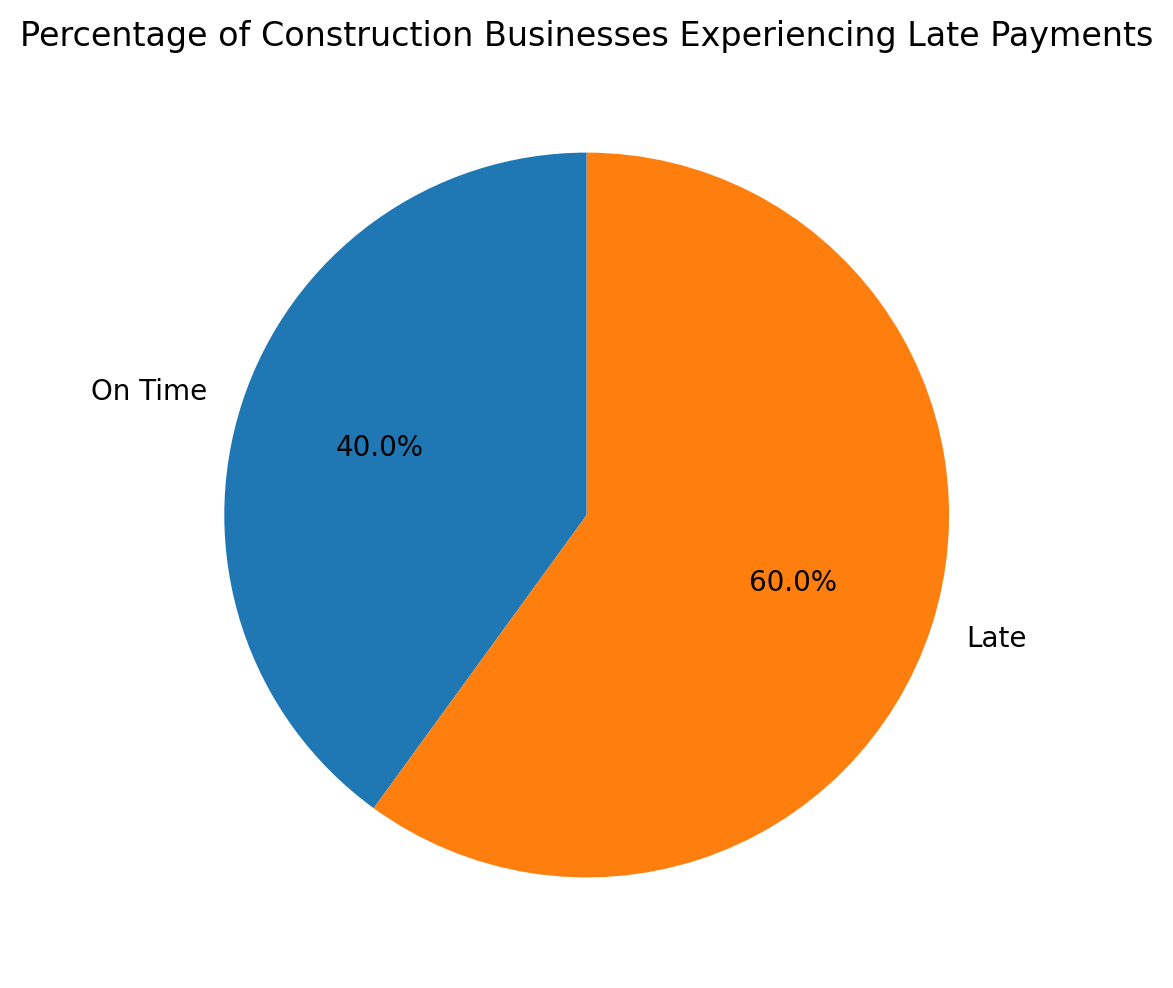
Section 1: Understanding the Payment Landscape
Unique Payment Processes
The construction industry has a complex payment landscape involving multiple parties—owners, contractors, subcontractors, and suppliers. Payments usually occur in stages and are often contingent on various project milestones.
The Impact of Payment Delays
Delayed payments can adversely affect a construction company's financial health. This is not just a matter of inconvenience; it could mean the difference between business growth and bankruptcy.
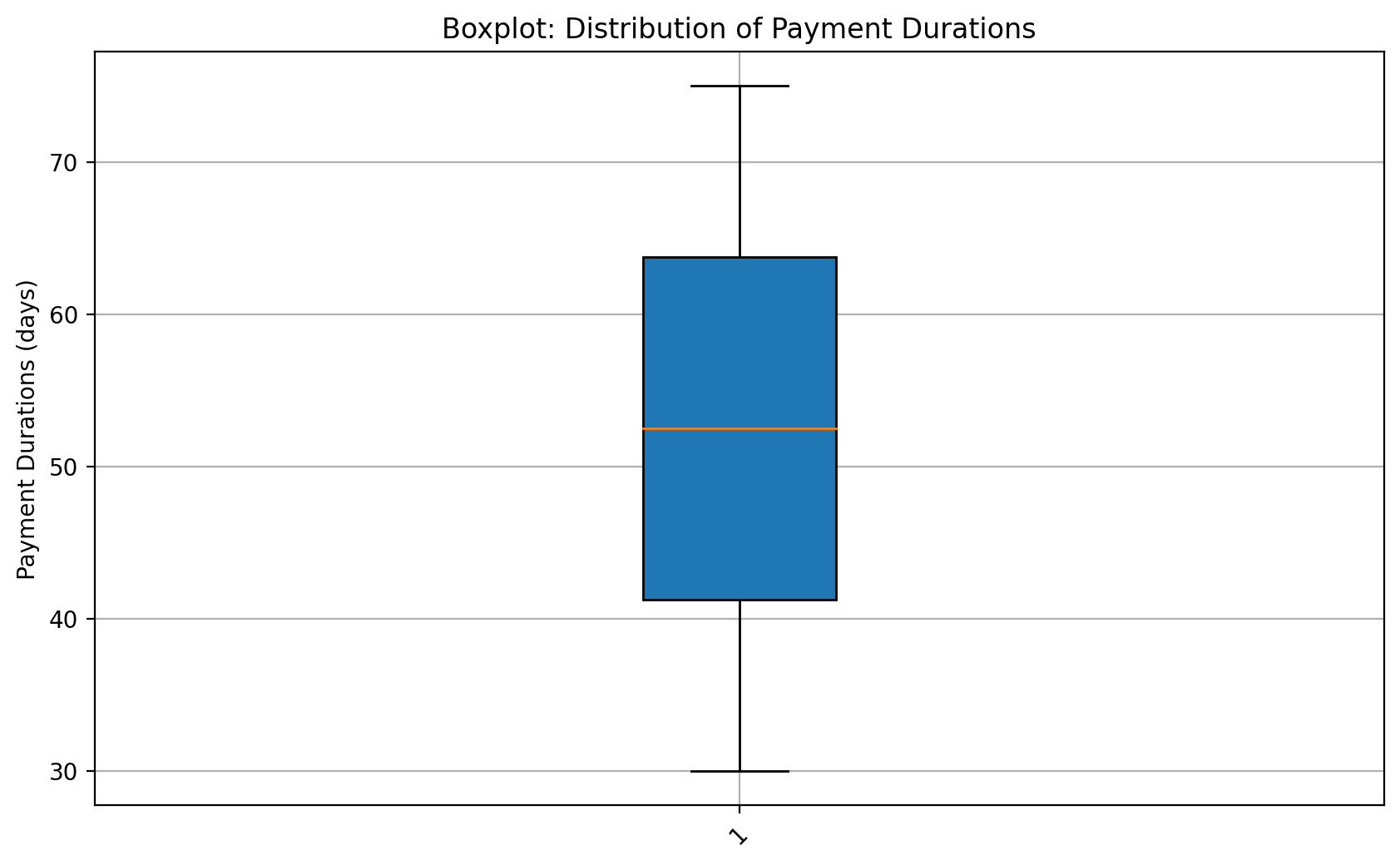
Section 2: Know Your Rights
Laws That Protect You
Several laws aim to protect the right to payment in construction, including Mechanics Lien Law, Public Construction Law, Prompt Payment Law, and Contract Law. Knowing these laws can arm you with the tools you need to secure your payments legally.
The Mechanics Lien Law is a crucial piece of legislation that allows contractors, subcontractors, and suppliers to secure their right to payment by placing a lien on the property they have worked on. This means that if the property owner fails to pay for the services or materials provided, the professionals involved have a legal claim to the property until they are compensated. The lien can be a powerful tool to ensure payment, but it's essential to follow the specific filing procedures and timelines set by each state's Mechanics Lien Law to make the lien valid.
Public Construction Law and Prompt Payment Law are other vital laws in the construction industry. Public Construction Law governs contracts related to public projects and usually requires contractors to post a performance bond to ensure the completion of the project. This law aims to protect public interest by ensuring that public projects are completed efficiently and according to specifications. On the other hand, the Prompt Payment Law mandates that contractors and subcontractors must be paid within a specific timeframe, usually within 30 days of invoice submission. This law helps to expedite payments and reduces the financial strain on construction professionals. Contract Law, although not exclusive to construction, is the backbone that governs the agreements between parties involved. It sets the legal framework for obligations, responsibilities, and dispute resolution, providing an additional layer of protection for your right to payment.
Canada has similar laws that protect the rights of individuals and entities in the construction industry. For instance, in Canada, the concept similar to the Mechanics Lien Law is often referred to as a "Construction Lien" under various provincial statutes like the Ontario Construction Act. These liens serve the same purpose: to secure payment for contractors, subcontractors, and suppliers who have provided labor or materials to a construction project.
In Canada, laws related to public construction projects can vary by province but generally require performance bonds similar to those in the U.S. The Prompt Payment protocols in Canada are also becoming more standardized, especially with the introduction of federal legislation like the Prompt Payment for Construction Work Act. Contract Law in Canada serves the same fundamental purpose as in the U.S., providing a legal framework for agreements and obligations between parties involved in a construction project. It's crucial to consult provincial laws and federal legislation to fully understand your rights and responsibilities in the Canadian context.
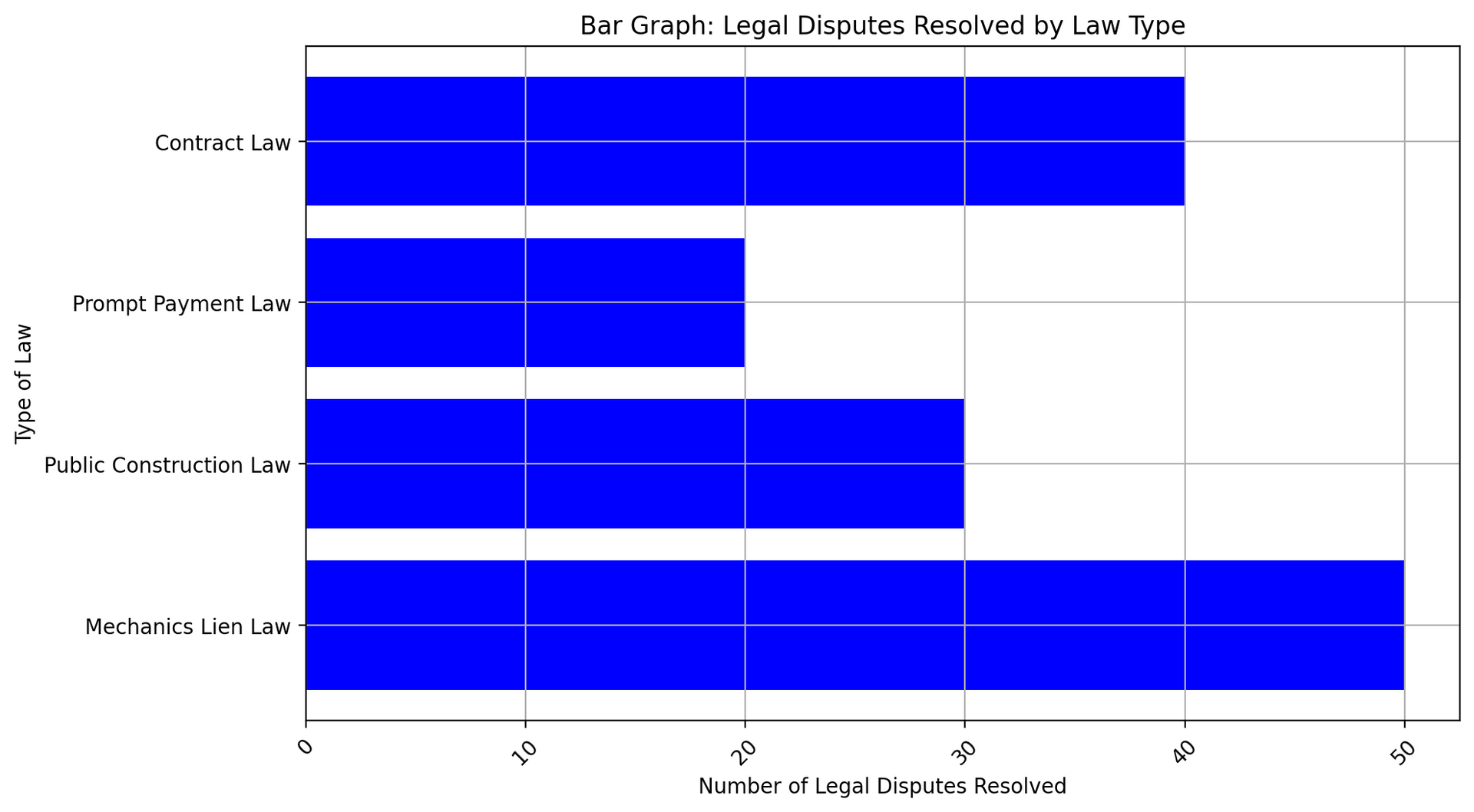
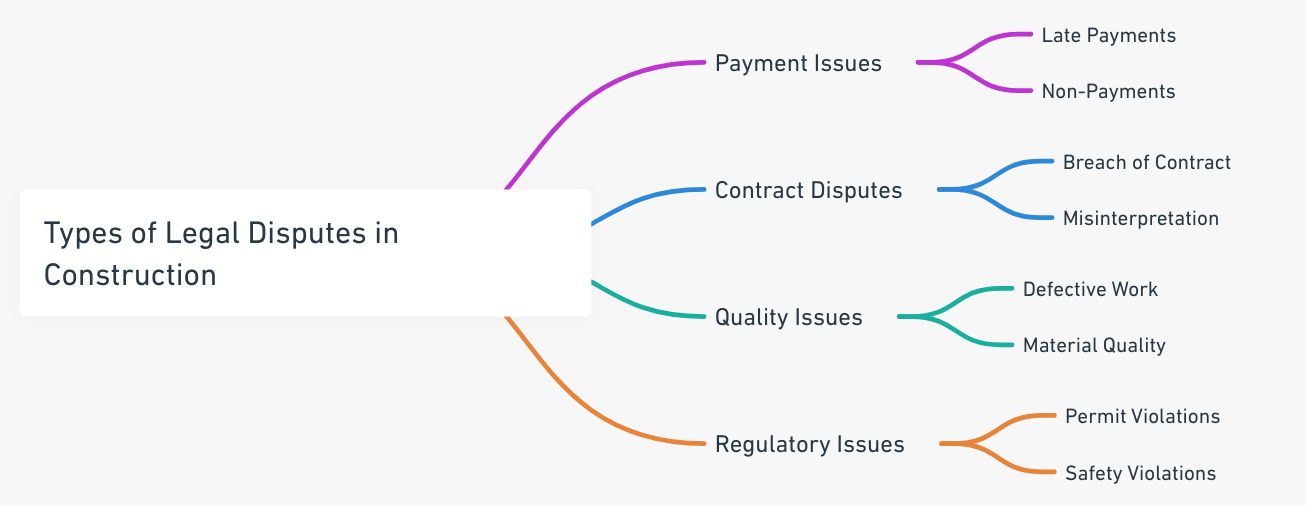
Section 3: Strategies for Getting Paid
Before You Start: Document Everything
Documentation is the backbone of any legal and financial activity in construction. Whether it's contracts, invoices, or even email correspondence, keeping a meticulous record can prove invaluable when it comes to getting paid.
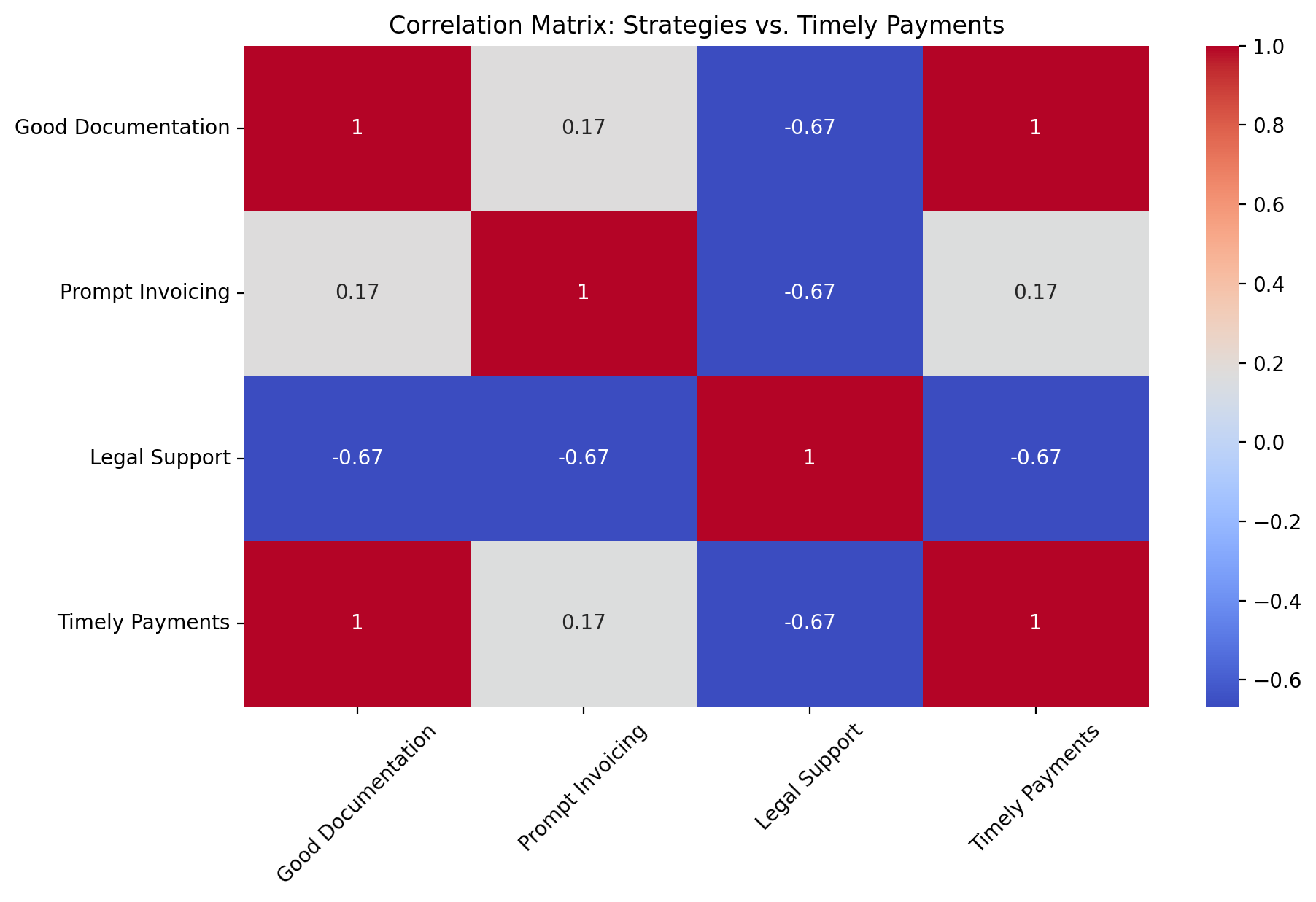
Strategy 1: Get Licensed
In Ontario, operating without a proper license can lead to severe legal consequences, including fines and even imprisonment. The Ontario College of Trades regulates skilled trades, and you'll need to ensure that you and your subcontractors are certified in your respective fields. For example, if you're an electrical contractor, you'll need an Electrical Contractor License issued by the Electrical Safety Authority. Having the appropriate licenses not only keeps you compliant with the law but also strengthens your position in case of payment disputes. A licensed contractor is often viewed as more credible and professional, which can be advantageous when legal issues arise.
Strategy 2: Write a Credit Policy
Ontario's Prompt Payment Act mandates that payments must be made within 28 days of receiving an invoice, but it's still crucial to have a well-defined credit policy. Your credit policy should outline your payment terms, including the acceptable methods of payment, due dates, and any discounts for early payments. It should also specify late fees and interest rates for overdue payments, in compliance with the Ontario Interest Act. Make sure this policy is communicated clearly to your clients and agreed upon in writing before any work commences. Having a signed agreement can be invaluable if you need to take legal action to recover payments.
Strategy 3: Prequalify Potential Customers
In the construction industry, the financial stability of your clients is just as important as the quality of your work. Before entering into any contracts, conduct due diligence by prequalifying potential clients. This could involve checking their credit history,
asking for references from past contractors they've worked with, and even reviewing their
financial statements.
Ontario doesn't have a standardized prequalification system, but some organizations and government bodies may have their own requirements. By prequalifying your clients, you minimize the risk of entering into a contract with a client who is financially unstable, thereby reducing the likelihood of payment issues down the line.

Section 4: The Importance of Documentation
The Role of Records
In the construction industry, particularly in a regulated environment like Ontario, Canada, the importance of thorough documentation cannot be overstated. Documentation serves multiple purposes, from establishing the scope of work to providing a legal basis for dispute resolution. Here's how different types of documents play a role in ensuring you get paid.
Contracts
The contract is the cornerstone of any construction project. It outlines the scope of work, payment terms, timelines, and responsibilities of each party. In Ontario, it's advisable to have a lawyer familiar with the Construction Act review your contracts. This ensures that the contract is compliant with provincial laws and protects your right to payment. A well-drafted contract can serve as your primary defense in case of payment disputes.
Change Orders
Change orders are common in construction projects, and they can significantly impact the project's cost and timeline. In Ontario, any change in the scope of work should be documented through a formal change order, signed by both parties. This document should detail the nature of the change, its impact on the project's cost and timeline, and any adjustments to payment terms. Failure to properly document change orders can lead to disputes and may jeopardize your right to claim additional costs.
Invoices and Payment Receipts
Invoices should be detailed, clearly stating the work completed, materials used, and the corresponding costs. Under Ontario's Prompt Payment Act, you have the right to be paid within 28 days of submitting a proper invoice. Keep records of all invoices sent, payment receipts, and any correspondence related to payments. This documentation can be crucial if you need to prove a client's payment delay or default.
Communications
Emails, text messages, and even handwritten notes can serve as valuable evidence in case of disputes. Any agreements or understandings that deviate from the original contract should be documented in writing. This includes extensions granted, quality issues addressed, or any other matters that could affect payment. In Ontario, where lien timelines and prompt payment rules are strictly regulated, having a paper trail of communications can help substantiate your claims in a legal setting.
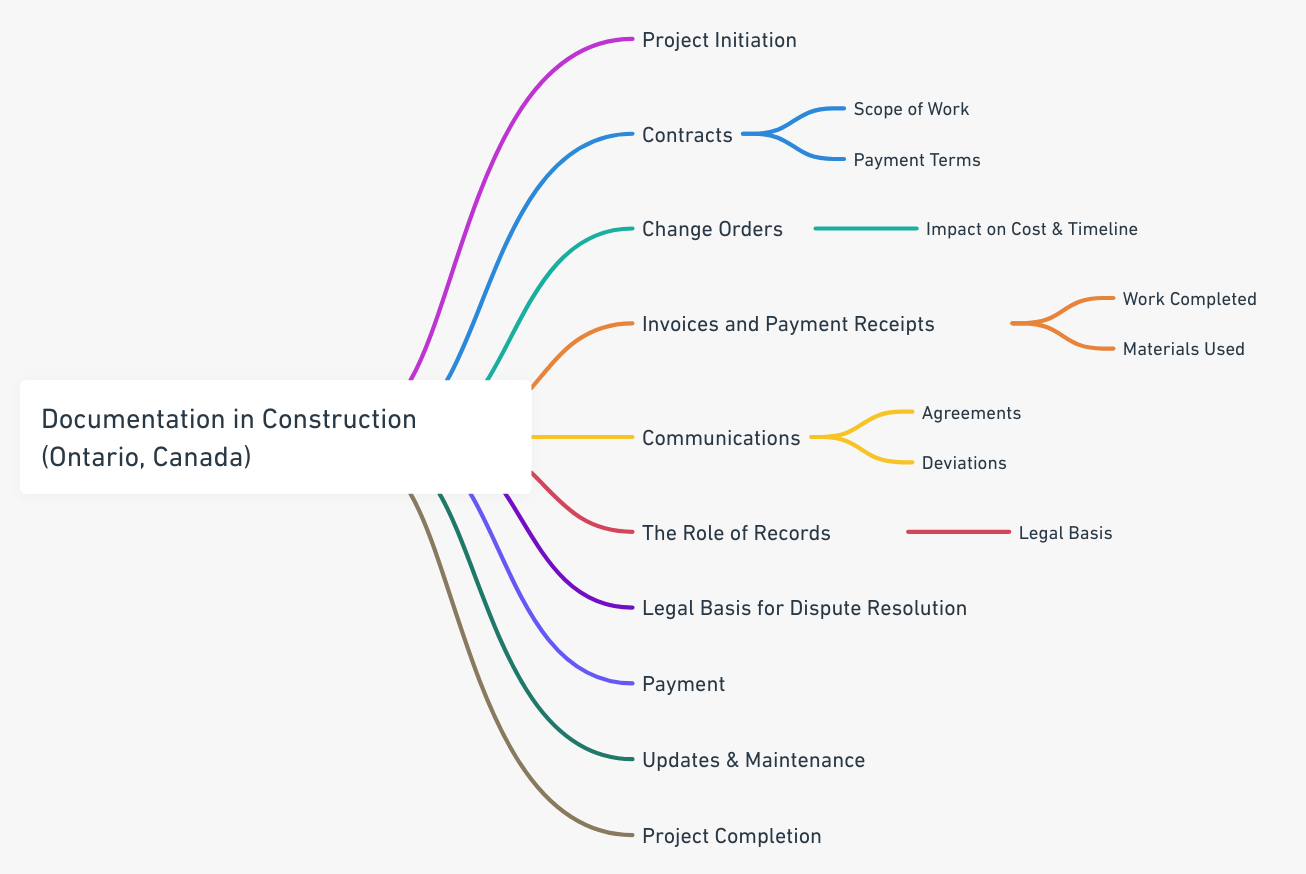
Section 5: Overcoming Payment Challenges
The Obstacles
Challenges can range from administrative hurdles to the financial instability of clients. Understanding these obstacles is the first step in developing effective strategies to overcome them.
Administrative Delays
One of the most common challenges is administrative delays, which can occur at multiple levels. Whether it's waiting for permit approvals from municipal bodies or delays in invoice processing by the client's accounts payable department, these hold-ups can significantly impact your cash flow.
Financial Insolvency of a Client
Another significant challenge is the financial instability or insolvency of a client. Despite prequalifying clients, there's always a risk that a client may face financial difficulties, affecting their ability to pay. In such cases, the Construction Act in Ontario allows you to file a construction lien against the property, securing your right to payment. However, this is often a last resort and involves legal complexities. It's advisable to have regular financial check-ins with long-term clients to assess their payment capabilities.
Scope Creep
Scope creep refers to uncontrolled changes or continuous growth in a project's scope, often occurring without corresponding adjustments in time, budget, or resources. While change orders can account for some of these changes, scope creep can lead to disputes over payment if not properly managed. In Ontario, any change in the scope of work should be documented and agreed upon by both parties to protect your right to additional payment.
Contractual Disputes
Disagreements over contract terms, quality of work, or timelines can also lead to payment challenges. A well-drafted contract, ideally reviewed by a legal expert familiar with Ontario's Construction Act, can serve as your primary defense in such cases. Ensure that the contract clearly outlines dispute resolution mechanisms, such as arbitration or mediation, to expedite the resolution process and secure your payments.
Regulatory Changes
Ontario's construction industry is subject to various regulations, and changes in these laws can impact your payment terms. Staying updated on legislative changes, such as amendments to the Construction Act or Prompt Payment Act, can help you adapt your contracts and payment strategies accordingly.
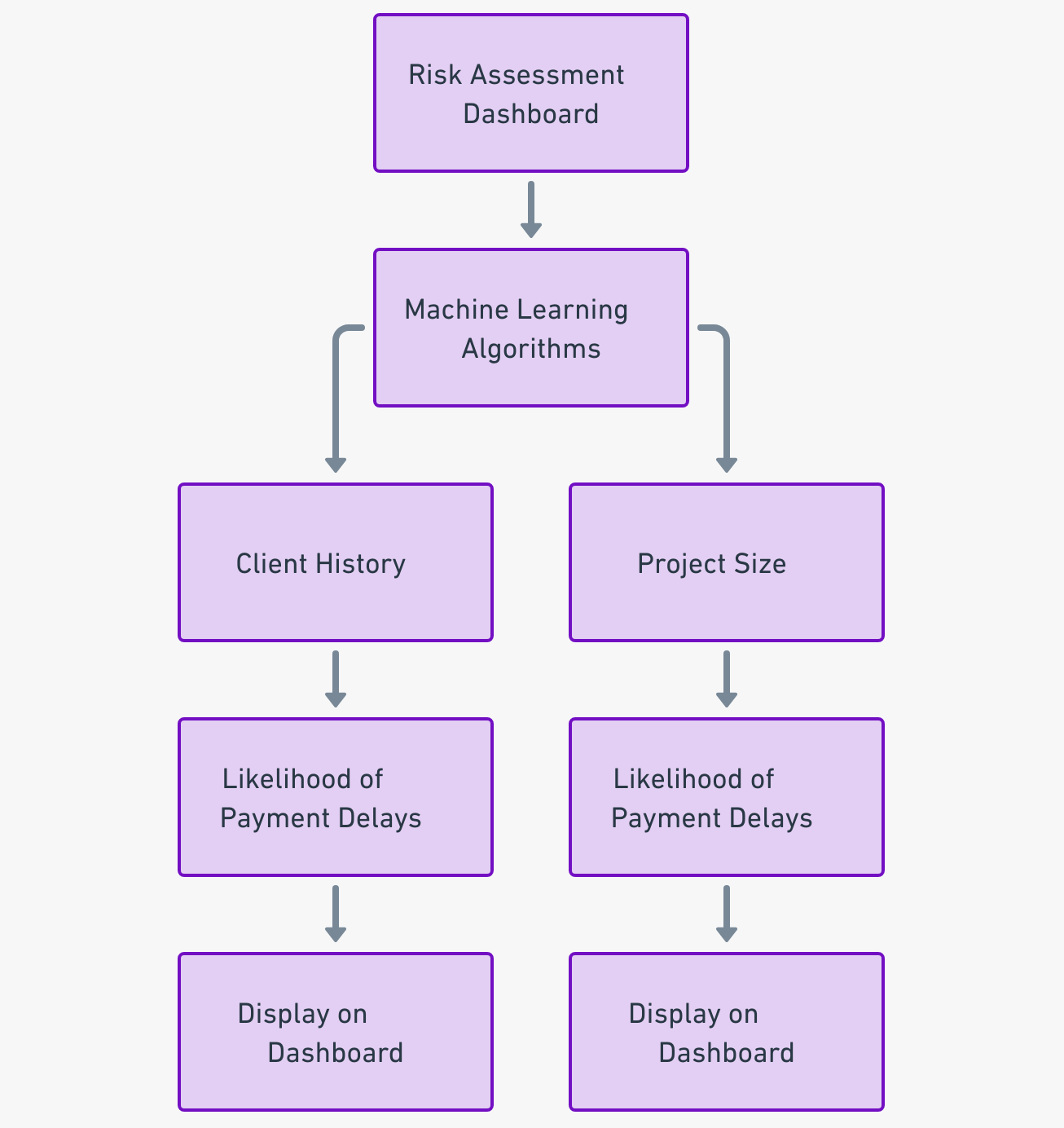

Section 6: Conclusion
Key Takeaways
The Importance of Understanding the Landscape
One of the first steps in ensuring timely payments is understanding the complexities of the construction industry's payment landscape. Familiarize yourself with the different parties involved, payment terms, and typical timelines. Knowledge is your first line of defense against payment delays.
Legal Protections Are Your Safety Net
Ignorance of the law is not bliss when it comes to getting paid. Mechanics Lien Law, Public Construction Law, Prompt Payment Law, and Contract Law are not just legalese; they are your safety net. By knowing your legal rights, you can navigate disputes more effectively and stand on solid ground when you demand payment.
Strategies Are Your Roadmap
Our article has laid out essential strategies, from getting licensed to enforcing contracts. These are not mere suggestions; consider them as your roadmap to creating a robust payment process. Prioritize them according to your business needs and scale, but remember, skipping any could lead to potential pitfalls.
Documentation: Your Best Friend in Disputes
If you remember only one thing from this article, let it be the importance of diligent documentation. Whether it's a small renovation or a mega construction project, maintaining an organized record of every transaction, communication, and change order can be a lifesaver in resolving disputes and ensuring you get paid.
Predictive Analysis and Future Planning
In an era driven by data, predictive analytics can provide you with invaluable insights. Utilizing machine learning algorithms to predict payment behaviors based on past experiences and industry benchmarks can help you plan better and mitigate risks. In essence, it’s not just about dealing with the present but also preparing for the future.
Getting paid on time in construction is an attainable goal, but it requires a multi-faceted approach. From understanding the industry and its associated laws to implementing effective strategies and embracing the power of documentation and data analytics, there are several levers you can pull to improve your payment processes. And remember, the cost of not getting paid goes beyond the financial; it impacts your business reputation, employee morale, and future growth. So, take action today to secure your payments tomorrow.
Are Ready To Work With HAMILTON CONCRETE WORKS?
Let's get in touch!
Send us a message and we’ll be in touch.
Or give us a call today at 289-204-1632

